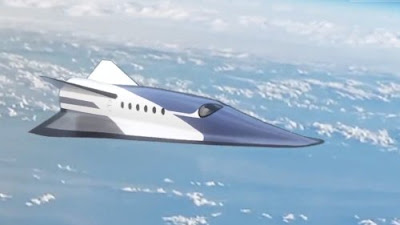NASA Spots Electric Soccer Balls in Space
Tiny, Carbon Buckyballs that Are the Beginning of Stars and Planets
Interstellar Presence
The Hubble Space Telescope has discovered electrically charged molecules shaped like tiny soccer balls in space. They say this is highly significant because it sheds light on the mysterious contents of gas and dust that fill interstellar space, the so-called interstellar medium (ISM). This is the first time that an electrically charged, ionized "buckyball" has been found in the interstellar system.
Buckyballs
The buckyball molecules are composed of 60 carbon atoms that configure like a soccer ball. The molecules are a form of carbon called buckminsterfullerene or Buckyballs after the inventor of the geodesic dome, the inventor Buckminster Fuller. NASA scientists say this discovery sheds light on ISM and the beginning of planets.
ISM
NASA scientists believe that interstellar gas and dust are the starting point of the chemical process that creates stars and planets. Life as we know it is based on carbon bearing material. Now that NASA scientists have discovered that carbon buckyballs have formed and survived in the harsh environment of interstellar space, they want to determine how widespread this might be in the universe.
 |
| Source: NASA/JPL - CALTECH |
Interstellar Presence
The Hubble Space Telescope has discovered electrically charged molecules shaped like tiny soccer balls in space. They say this is highly significant because it sheds light on the mysterious contents of gas and dust that fill interstellar space, the so-called interstellar medium (ISM). This is the first time that an electrically charged, ionized "buckyball" has been found in the interstellar system.
Buckyballs
The buckyball molecules are composed of 60 carbon atoms that configure like a soccer ball. The molecules are a form of carbon called buckminsterfullerene or Buckyballs after the inventor of the geodesic dome, the inventor Buckminster Fuller. NASA scientists say this discovery sheds light on ISM and the beginning of planets.
ISM
NASA scientists believe that interstellar gas and dust are the starting point of the chemical process that creates stars and planets. Life as we know it is based on carbon bearing material. Now that NASA scientists have discovered that carbon buckyballs have formed and survived in the harsh environment of interstellar space, they want to determine how widespread this might be in the universe.



Comments
Post a Comment